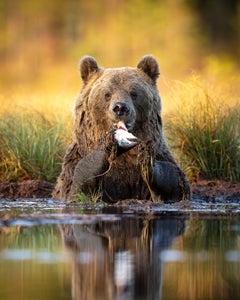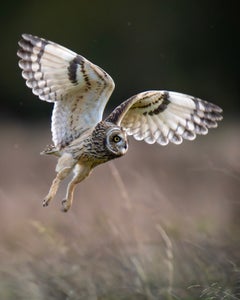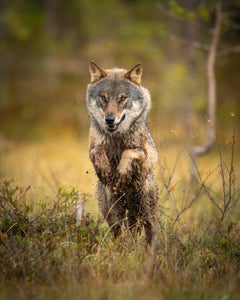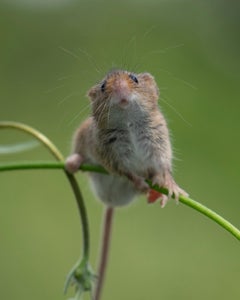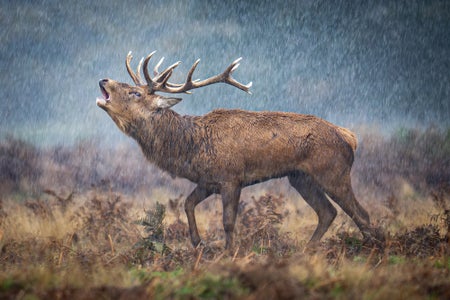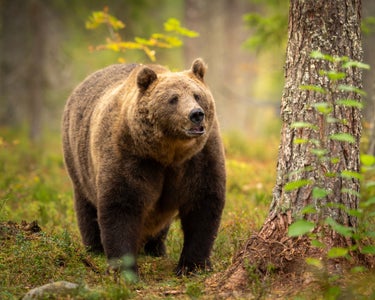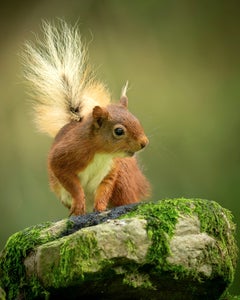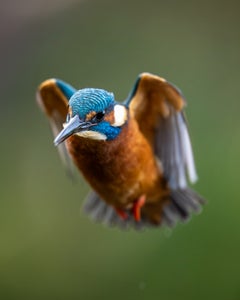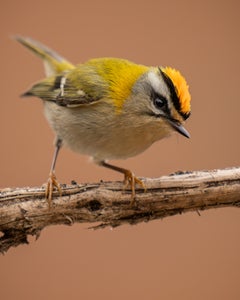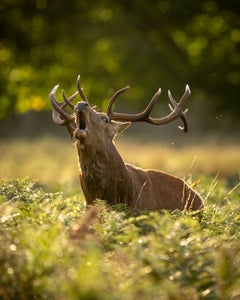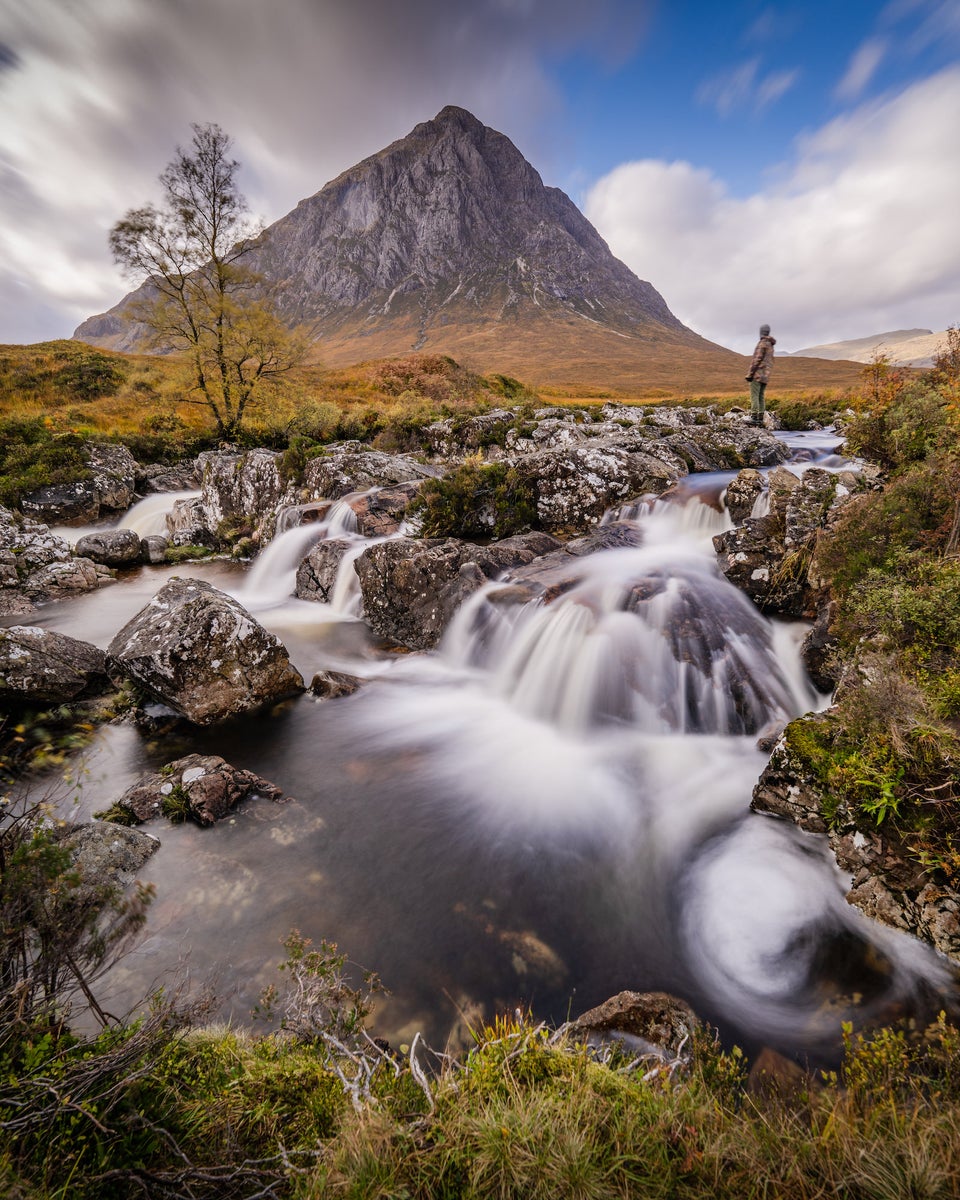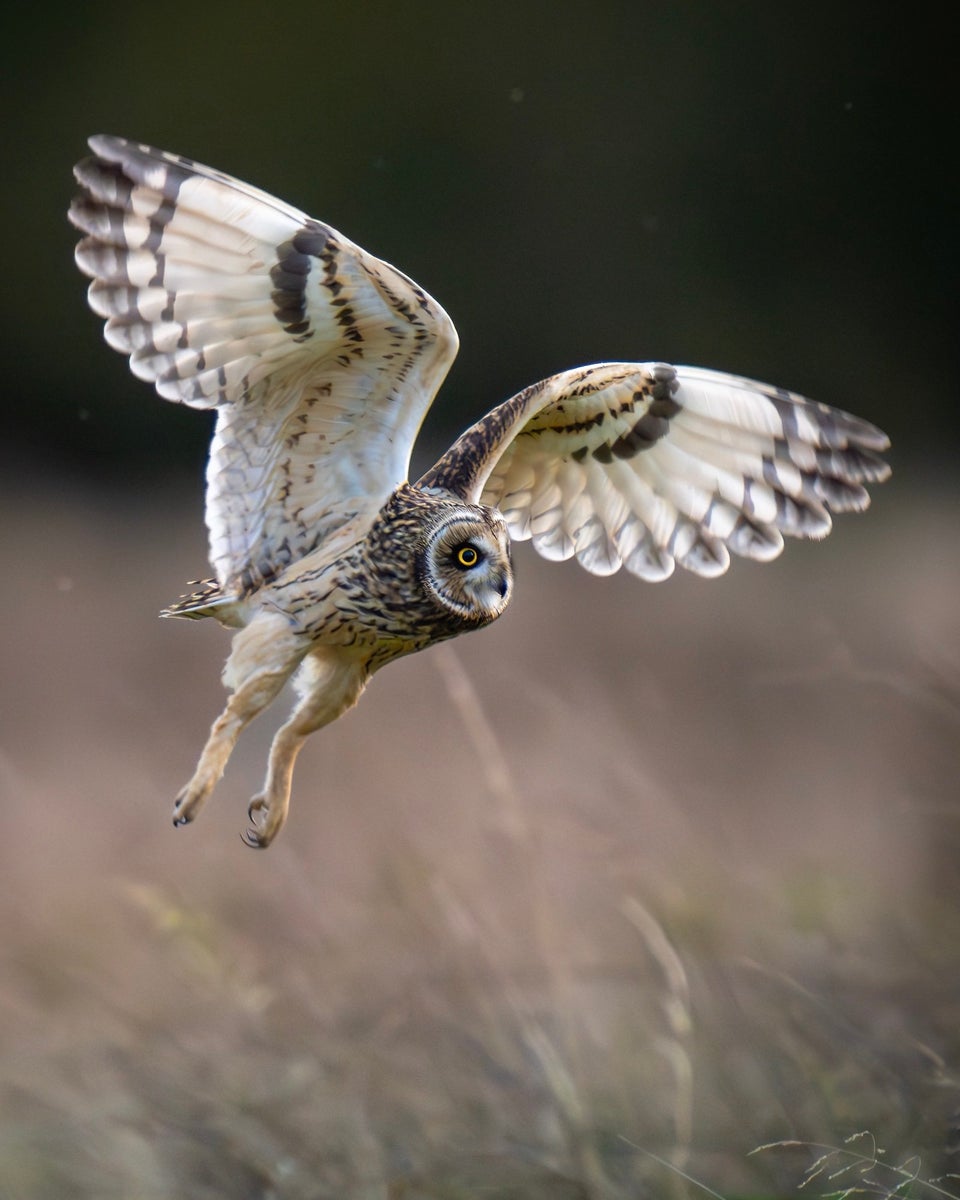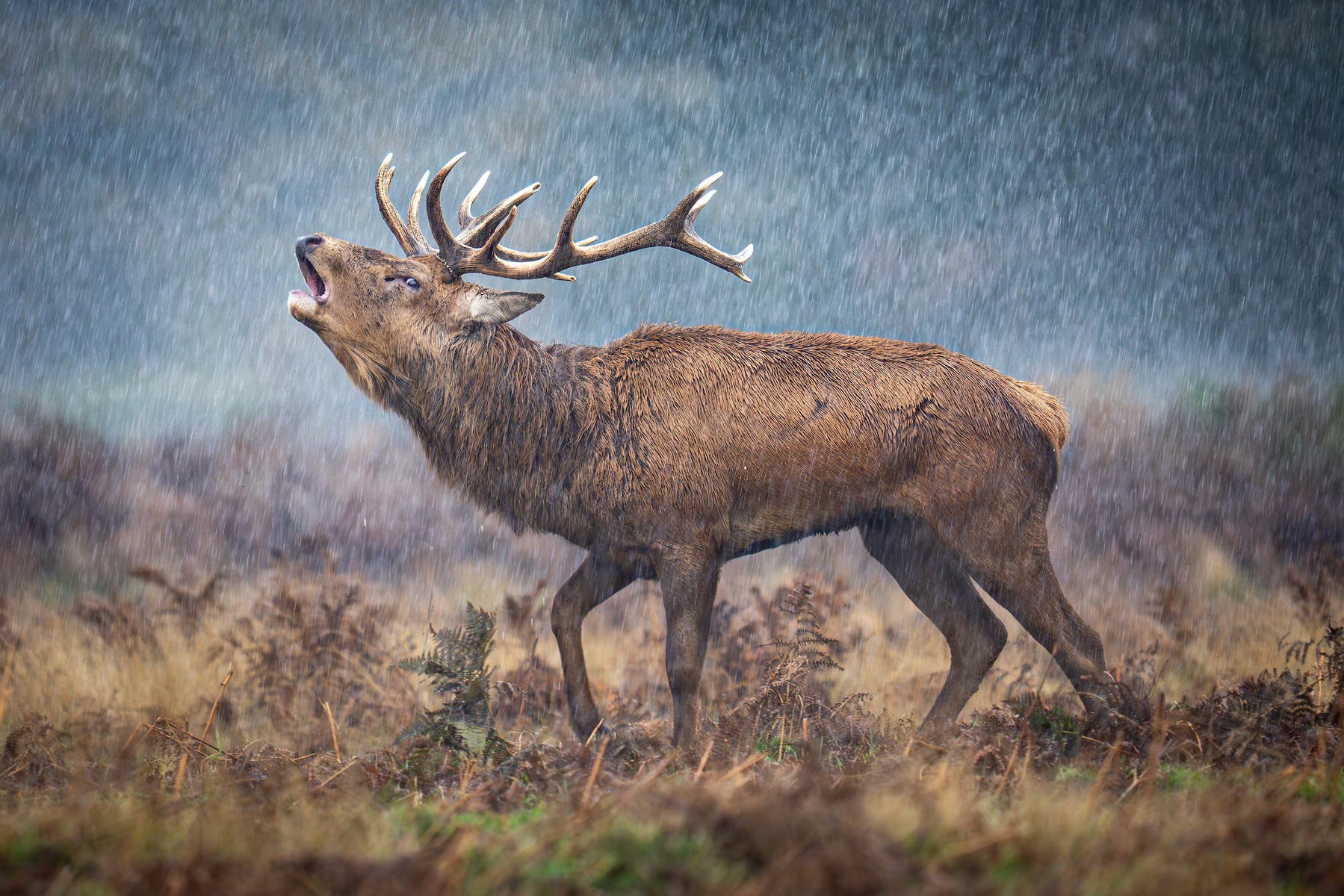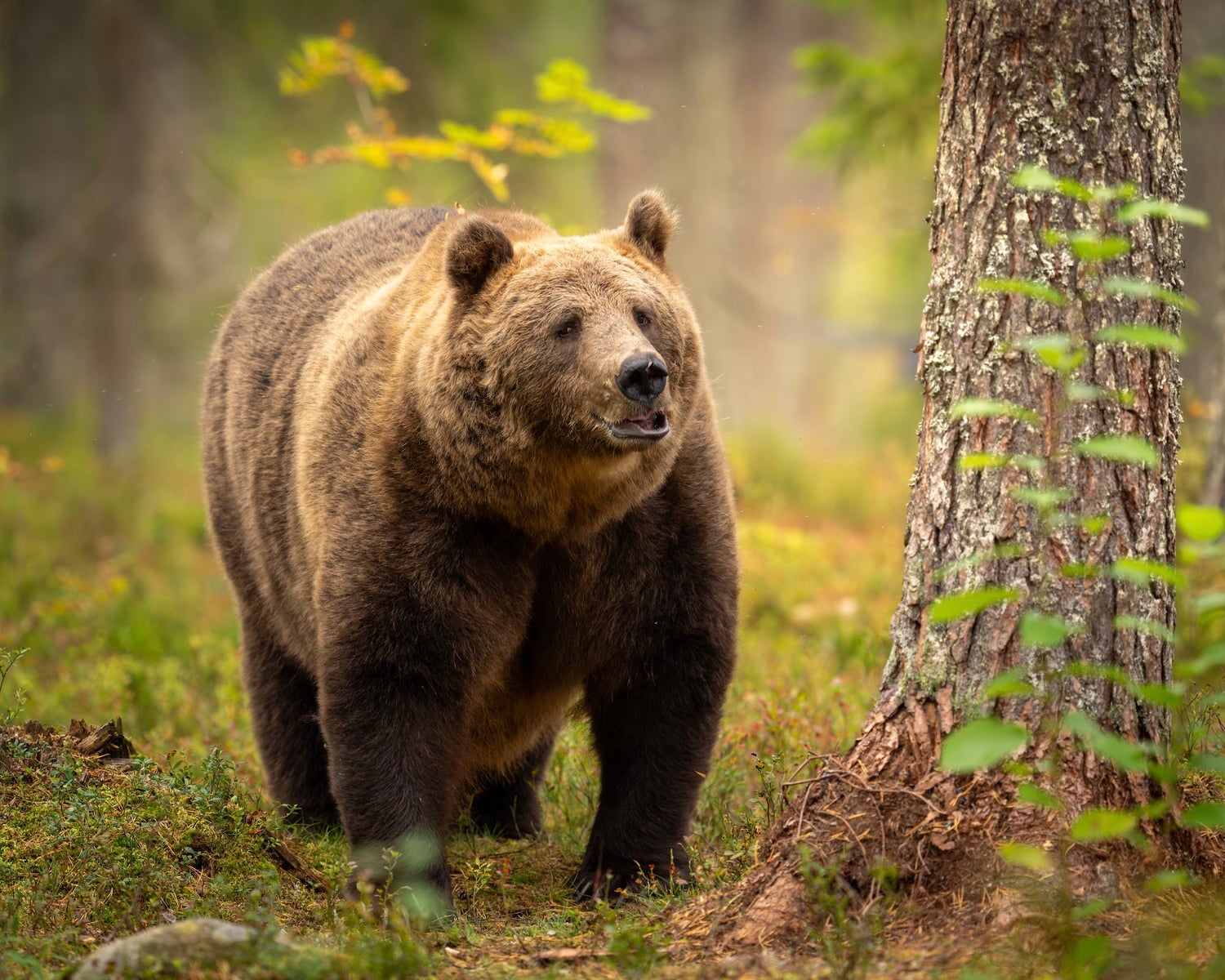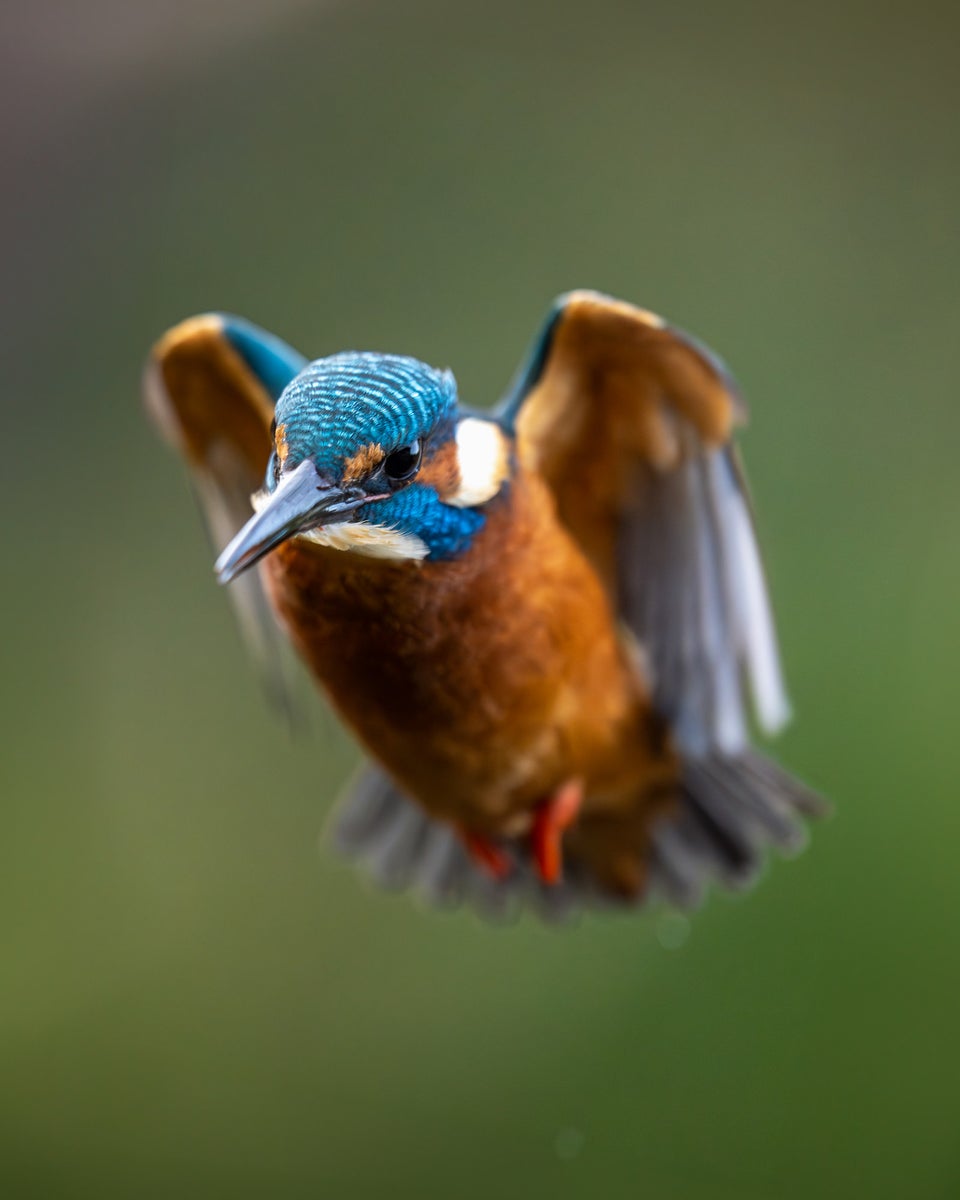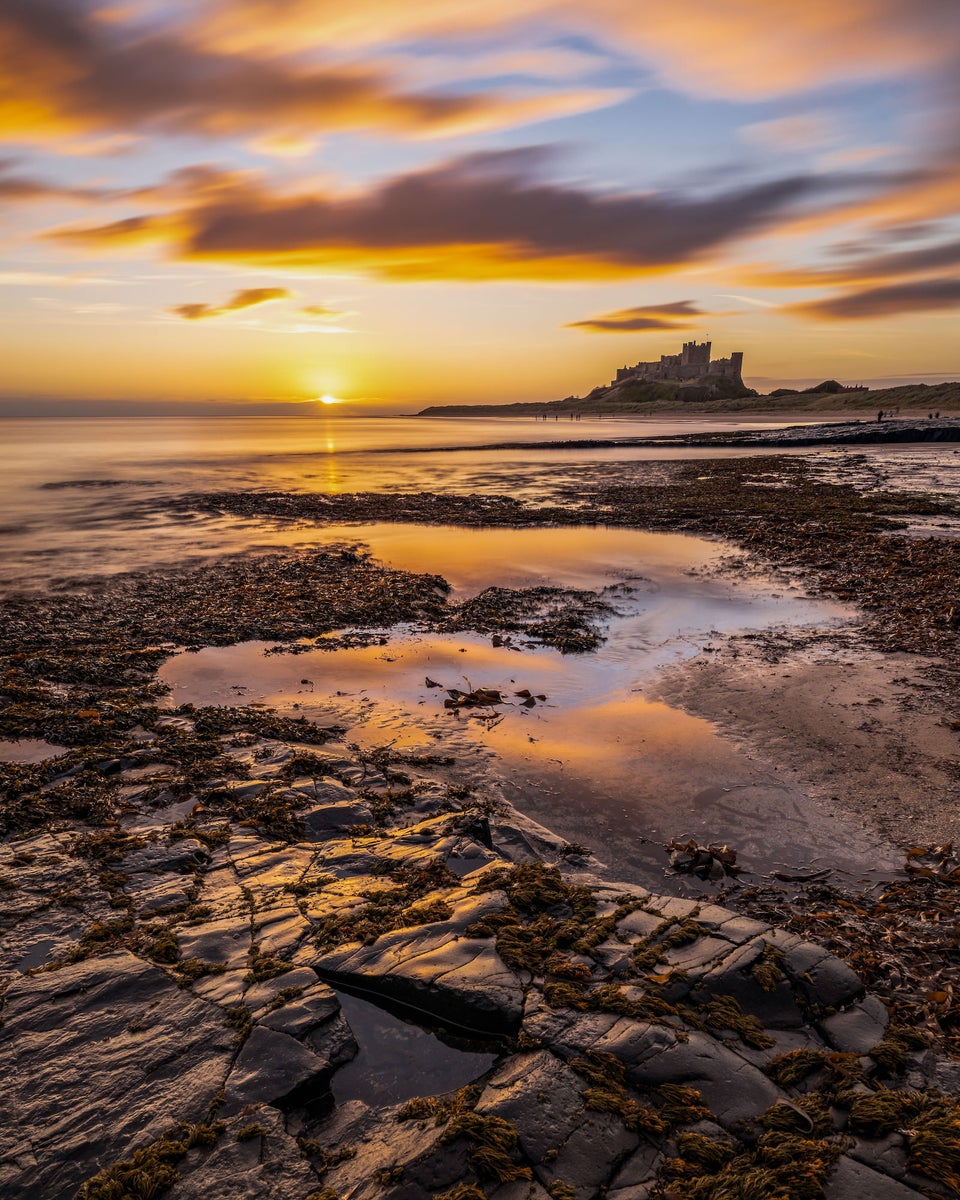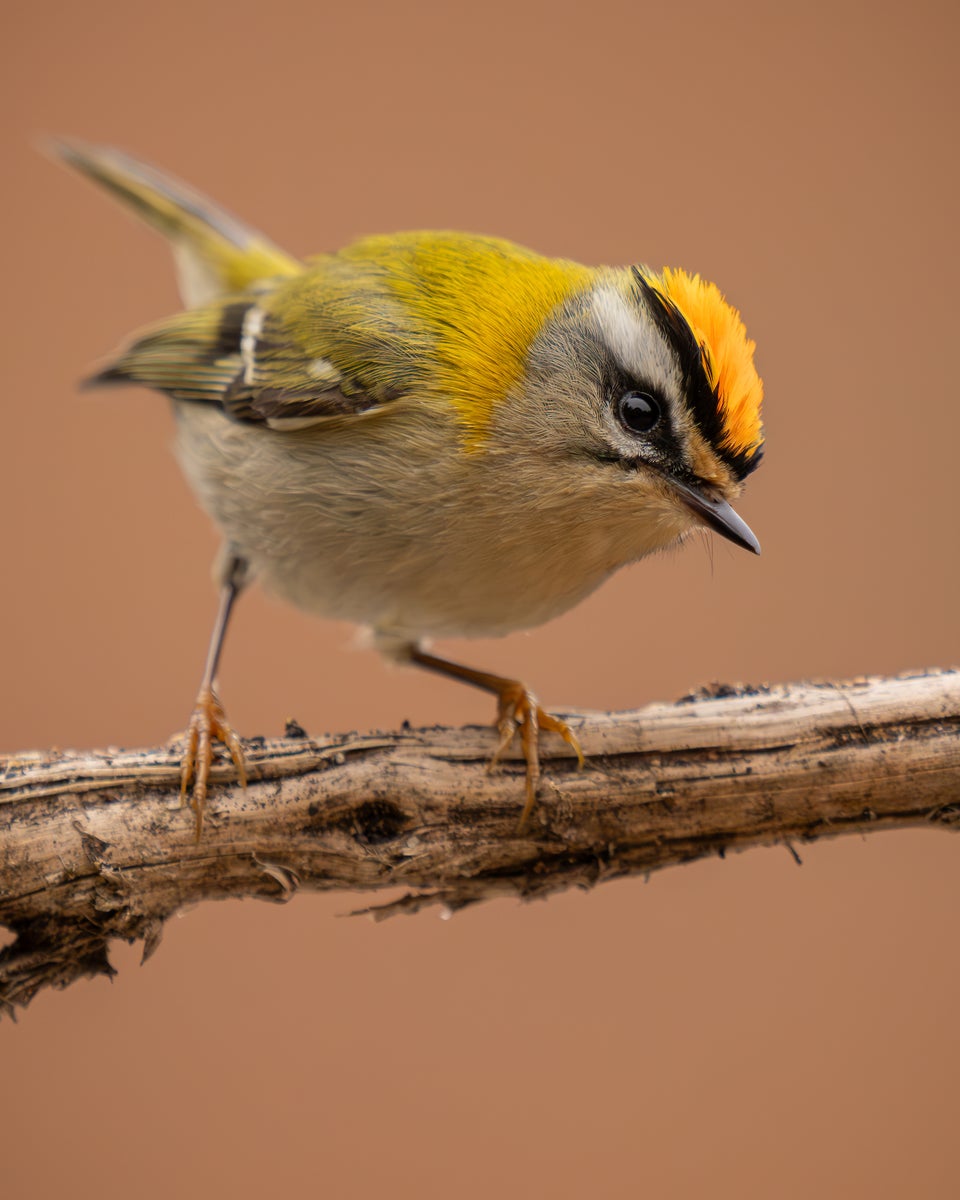Photographer Paul Browning (@paulbrowning.photography) says he uses his cameras and nature to create art. “Capturing moments and creating visual stories makes my heart sing. Nothing fills my soul with joy more than to share my captured images with the world as my audience through the magic of social media.” Browning has a large portfolio of incredible wildlife and nature photography, and his ability to capture sharp shots at just the right moment have earned him various awards and features. We caught up with him to learn more about the gear he uses to capture such stunning imagery in the outdoors. Keep reading as he shares the camera and lens combinations that help him photograph everything from beautiful landscapes to fast-moving wildlife.
Product Preview – In This Article You’ll Find:
–Sony Alpha 1
–Sony Alpha 7R IV
–Sony 14mm f/1.8 G Master
–Sony 400mm f/2.8 G Master
–Sony 200-600mm f/5.6-6.3 G
–Sony 70-200mm f/2.8 G Master
–Sony 55mm f/1.8
–Sony 1.4X Teleconverter

Photographer Paul Browning shares the camera and lens combinations that help him capture everything from beautiful landscapes to fast-moving wildlife.
Cameras
Sony Alpha 1: This is my current go-to camera. The Sony Alpha 1 is unbelievable. It has transcended my photography into another dimension with its abilities. To be able to shoot 30fps in complete silence is a wildlife photographer's dream.
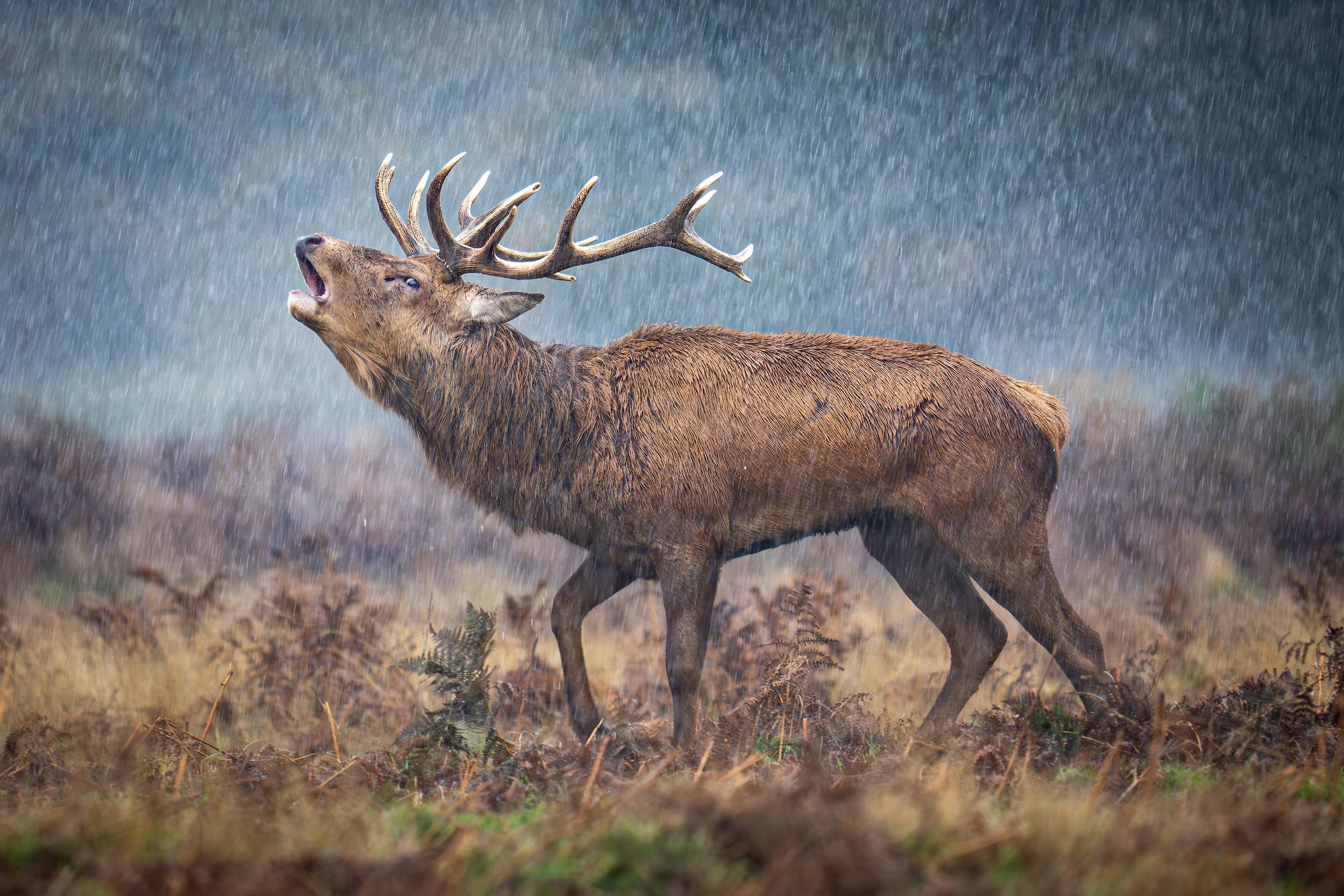
Photo by Paul Browning. Sony Alpha 1. Sony 400mm f/2.8 G Master. 1/250-sec., f/2.8, ISO 500
Sony Alpha 7R IV: The Sony Alpha 7R IV was my upgrade from the Sony Alpha 7R III. With its insane pixel count, it is an outstanding camera for landscape and nature photography.
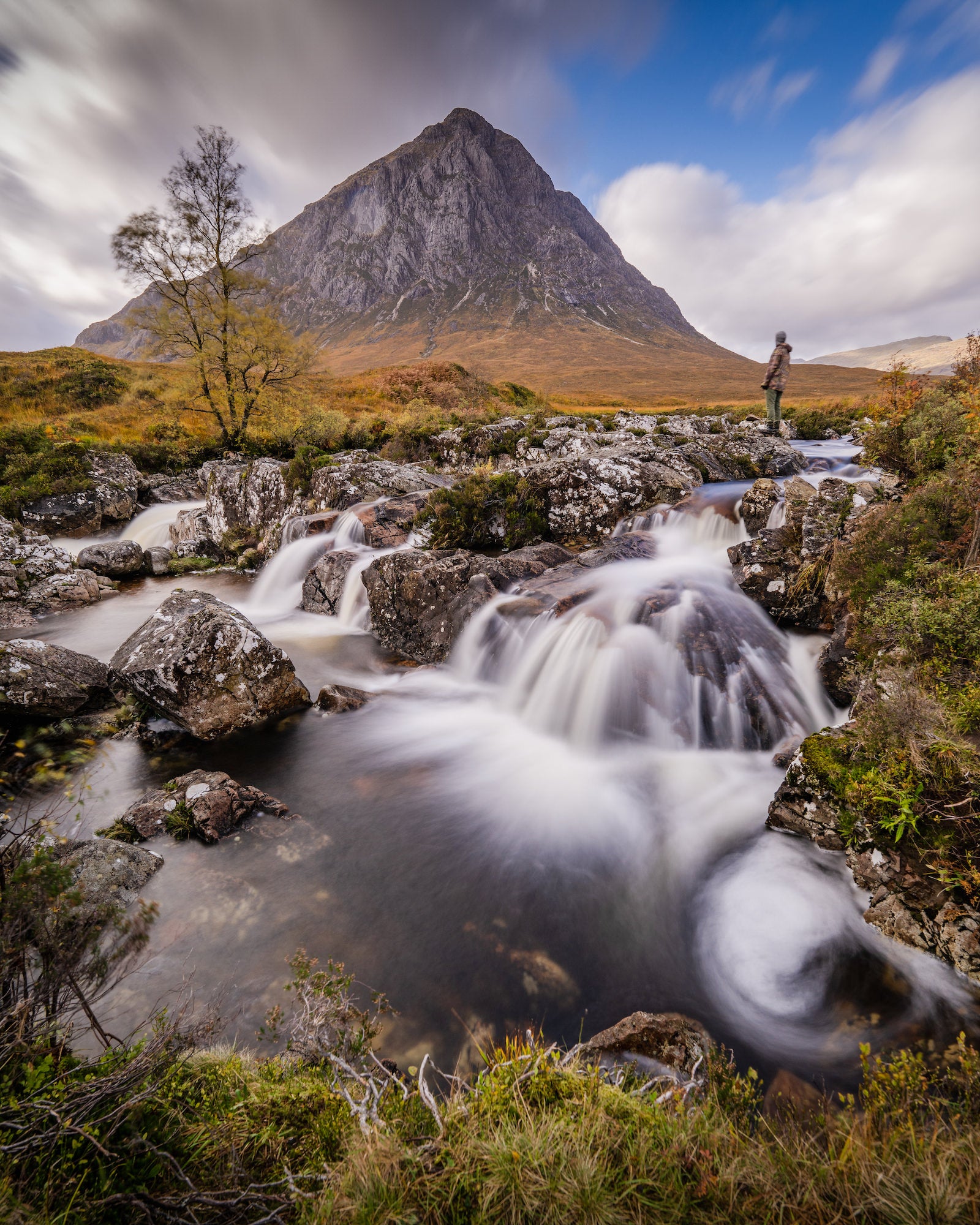
Photo by Paul Browning. Sony Alpha 7R IV. Sony 14mm f/1.8 G Master. 10-sec., f/9, ISO 100
Lenses
Sony 14mm f/1.8 G Master: This lens is absolutely stunning and my go-to for landscape. I use it with the NISI ND filters for the rare occasions I try some landscape photography. It’s actually the same perspective as my phone’s wide angle lens, which is why I chose it. It means I don’t need to set up the camera, tripod and lens to check out a location or composition, I can use my phone to get an idea before I set it all up.

Photo by Paul Browning. Sony Alpha 7R IV. Sony 14mm f/1.8 G Master. 34-sec., f/11, ISO 100
Sony 400mm f/2.8 G Master: This is my dream lens for wildlife photography. Pair it with the Sony Alpha 1 and I have the ultimate wildlife combination.
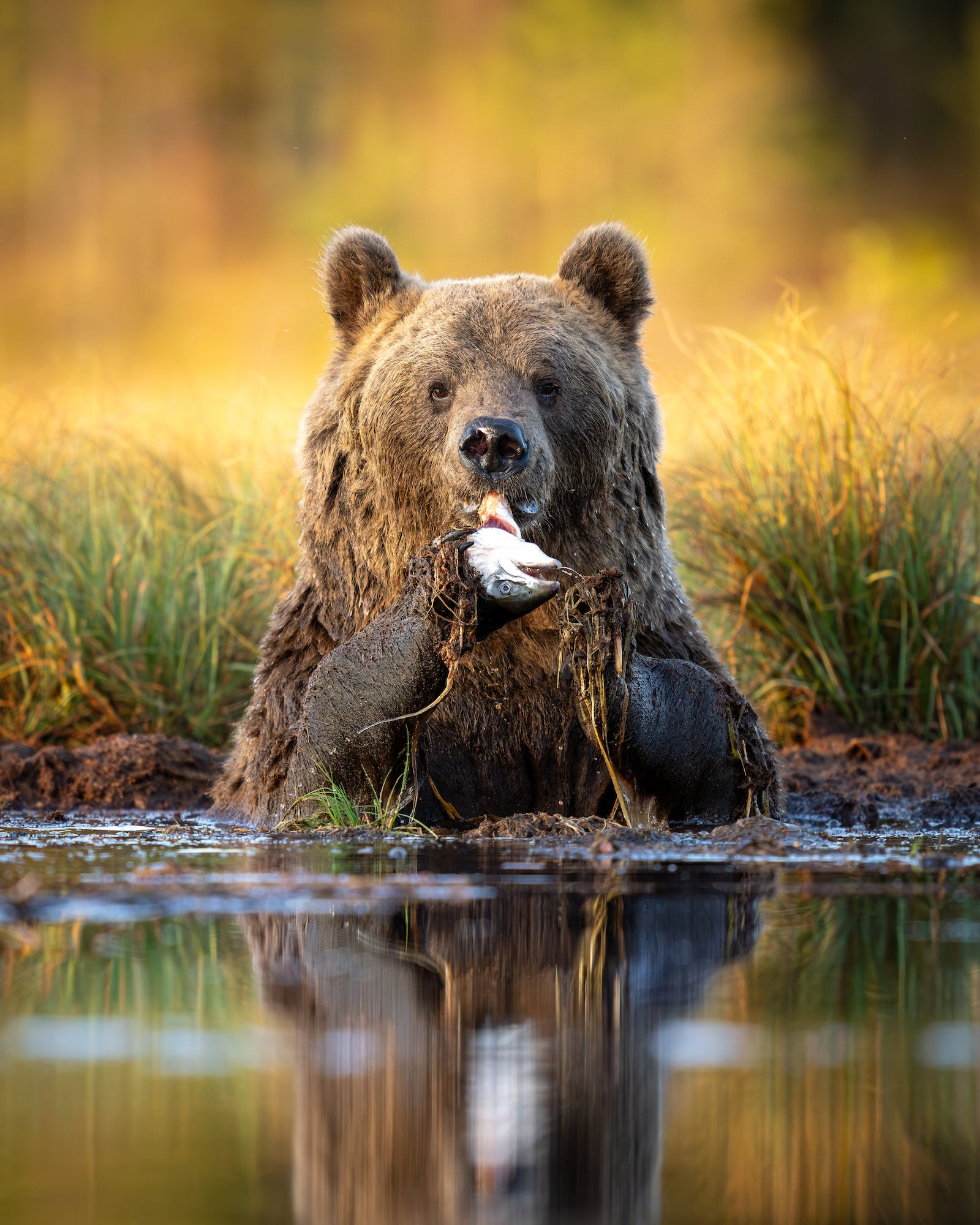
Photo by Paul Browning. Sony Alpha 1. Sony 400mm f/2.8 G Master. 1/1600-sec., f/3.2, ISO 800
Sony 200-600mm f/5.6-6.3 G: I call her my “trusty work horse.” I don’t use the lens as much since getting the Sony 400mm f/2.8 G Master and the Sony 1.4X teleconverter, but it’s always good to know I have it in my bag. It’s just so light and compact with the internal zoom.
Sony 70-200mm f/2.8 G Master: The perfect all-around lens and one I think every photographer should have in their kit. It can create beautiful images, from cities to portraits and even wildlife. The f/2.8 produces that beautiful bokeh that the G Master line is known for.
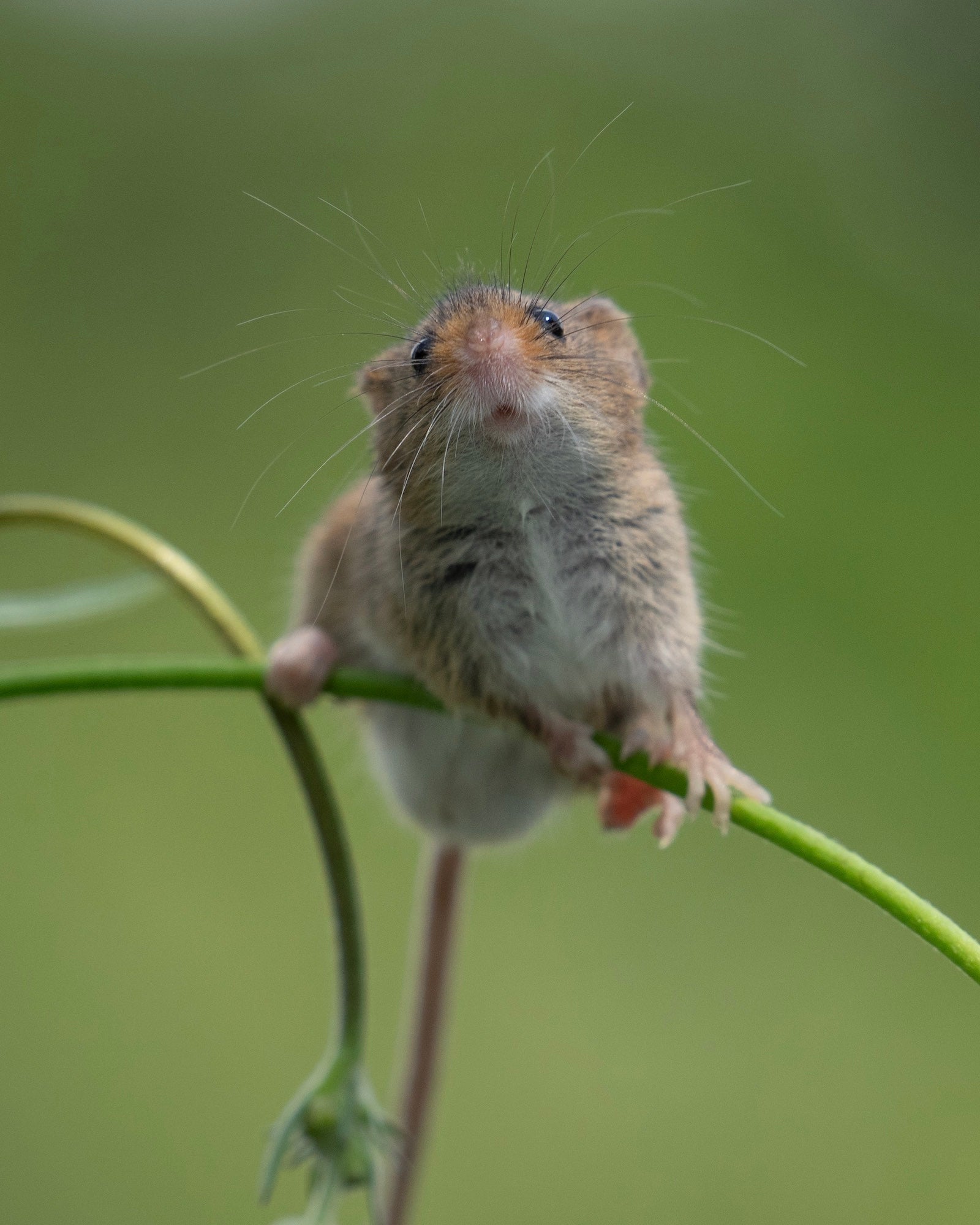
Photo by Paul Browning. Sony Alpha 1. Sony 70-200mm f/2.8 G Master. 1/1000-sec., f/6.3, ISO 500
Sony 55mm f/1.8: When I’m on my travels and walking through airports and traveling to destinations, this is my go-to lens. It’s so small and compact but punches beautiful colors and bokeh that you’d expect.
Accessories
Sony 1.4X Teleconverter: This is another vital part of my kit. I have the converter on the Sony 400mm f/2.8 G Master more often than I don’t. To have 560mm at f/4 with no loss of sharpness or clarity makes it an essential part of my work.
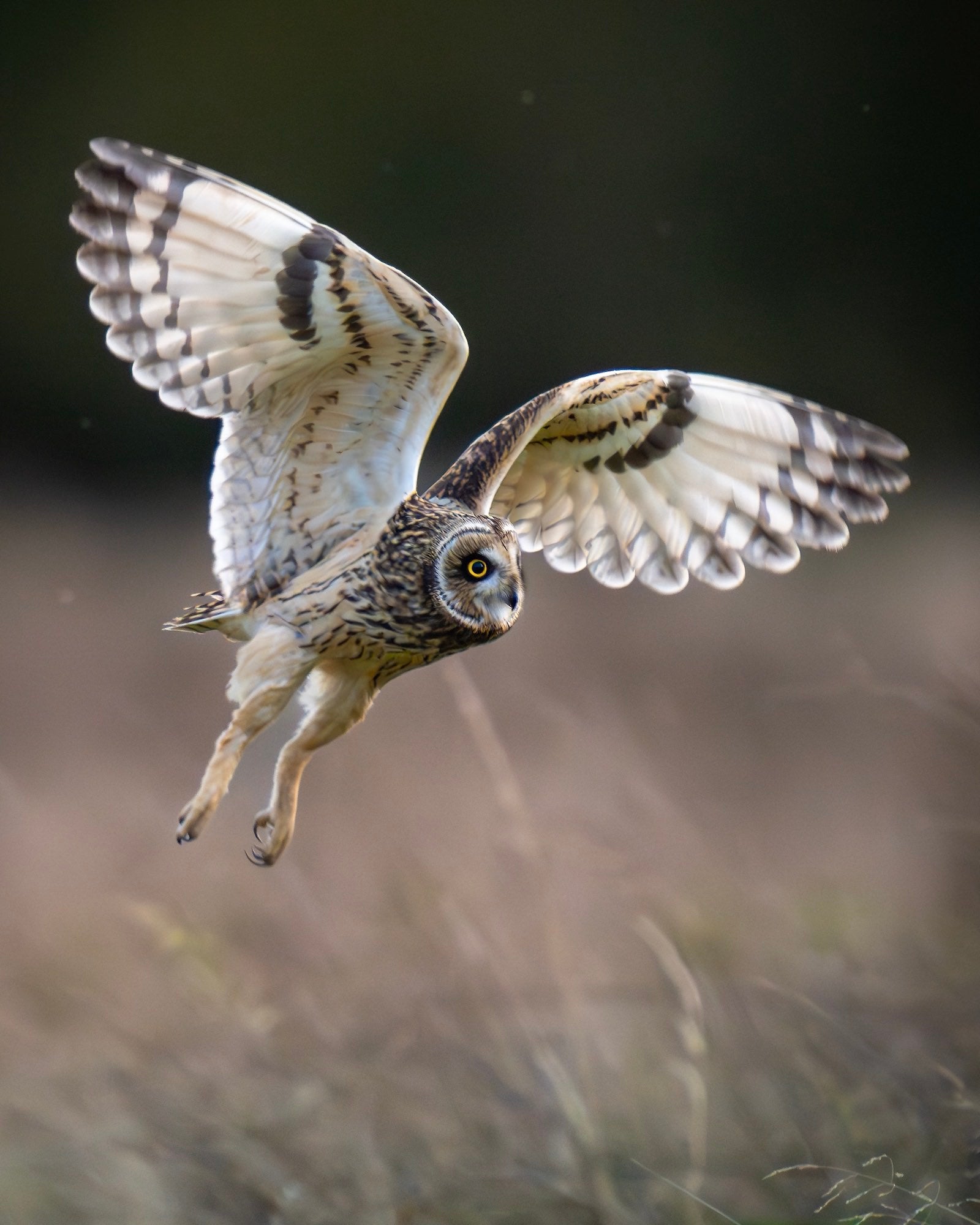
Photo by Paul Browning. Sony Alpha 1. Sony 400mm f/2.8 G Master + 1.4X TC. 1/1250-sec., f/4, ISO 1000
Gitzo Systematic Series 4 Tripod: This is the latest carbon tripod from Gitzo they recently sent me. It’s superb for me to get steady footage for wildlife or if I’m on a long shoot (like waiting for owls to come out). I also use the tripod with the ballhead for landscape photography.
Gitzo Ballhead: Gitzo also recently sent me their latest ballhead to try. I tend to use the ballhead for more fixed position work like landscapes, architecture or portraits.
Nisi ND Filter Kit: I don’t do a lot of landscape photography but when I do, using a ND filter is essential and this adaptation ring and slide-in glass filter from Nisi is designed perfectly to fit my Sony 14mm f/1.4 G Master lens.
Atomos Ninja V Screen: I use the Atomos screen for video work. It’s handy to have a big bright screen that I can angle to my eye level no matter what level I have the camera. It’s also great for making tutorials and sharing a video feed of what I see through my EVF as I’m photographing.
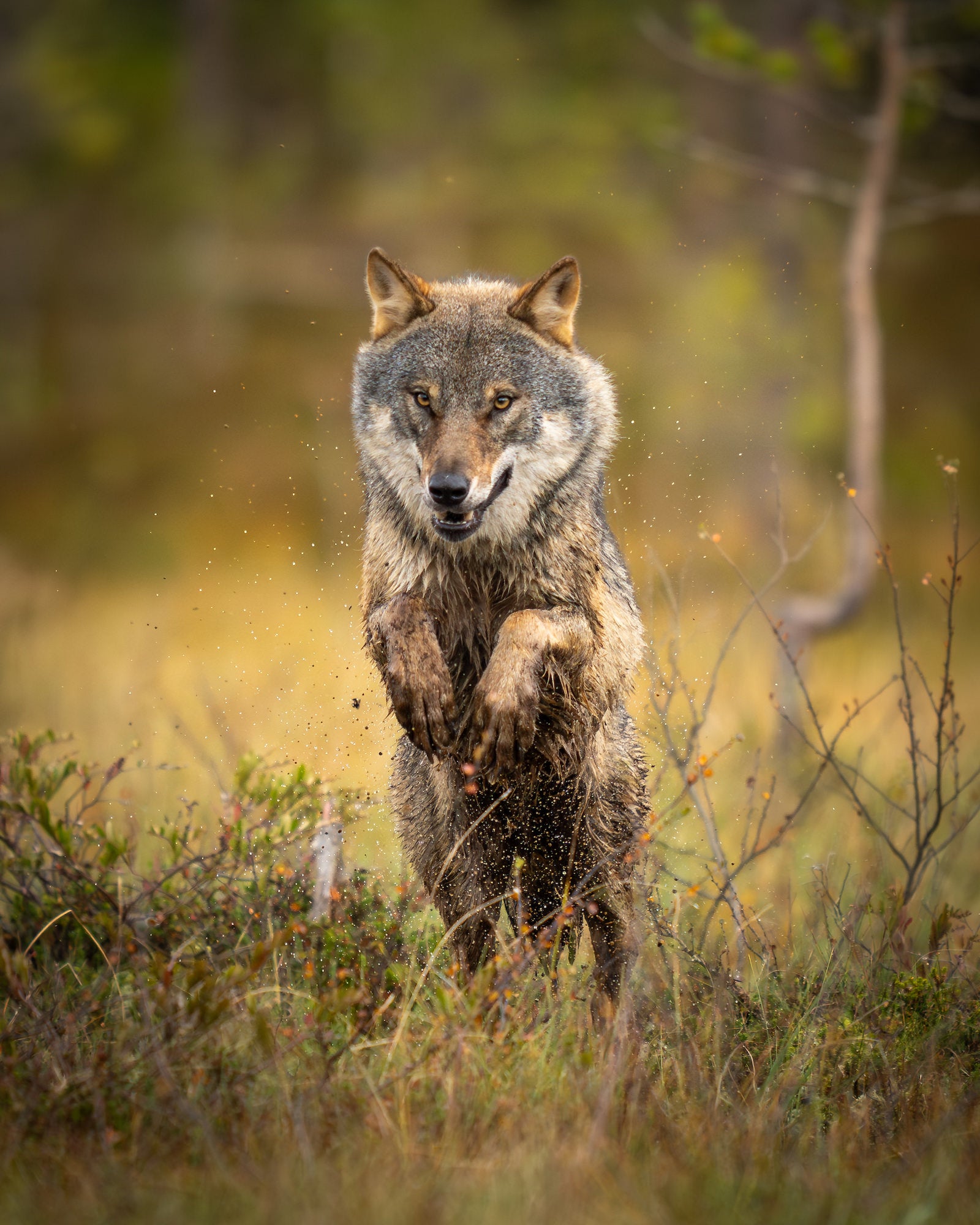
Photo by Paul Browning. Sony Alpha 1. Sony 400mm f/2.8 G Master. 1/1250-sec., f/2.8, ISO 320
Drone: I’m not really a fan of drones because I’m mainly a wildlife photographer and they do disturb and upset wildlife (birds especially), but occasionally I might use it to film a few seconds of my environment or setting as part of some content. It’s also super light and below the legal weight limit that I don’t need to register for a license.
Gitzo Fluid Head Gimbal: Probably my favorite accessory – I never leave home without it. If it’s not on my Gitzo tripod, I have it on my ground pod disc to get real low down photography like grebes on a lake or hares in the long grass.
Ground Pod Gimbal Stand: An awesome piece of kit that resembles a frying pan without a handle. This disc holds my gimbal down at ground level and then I can move it about very easily on the ground keeping my camera steady and low. It’s essential for video work of aquatic birds or wildlife on lakes!

Photo by Paul Browning. Sony Alpha 1. Sony 400mm f/2.8 G Master. 1/640-sec., f/3.5, ISO 500
See more of Paul Browning’s work on Instagram @paulbrowning.photography or at paulbrowning.photography.
